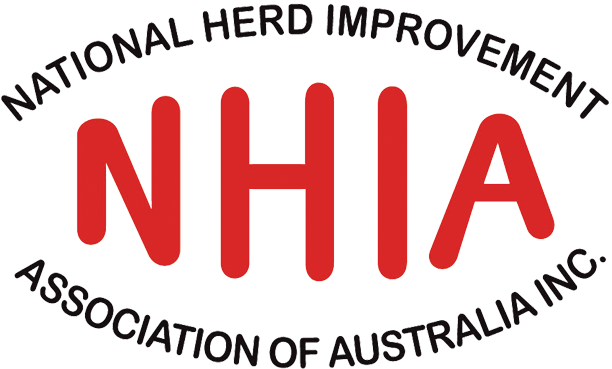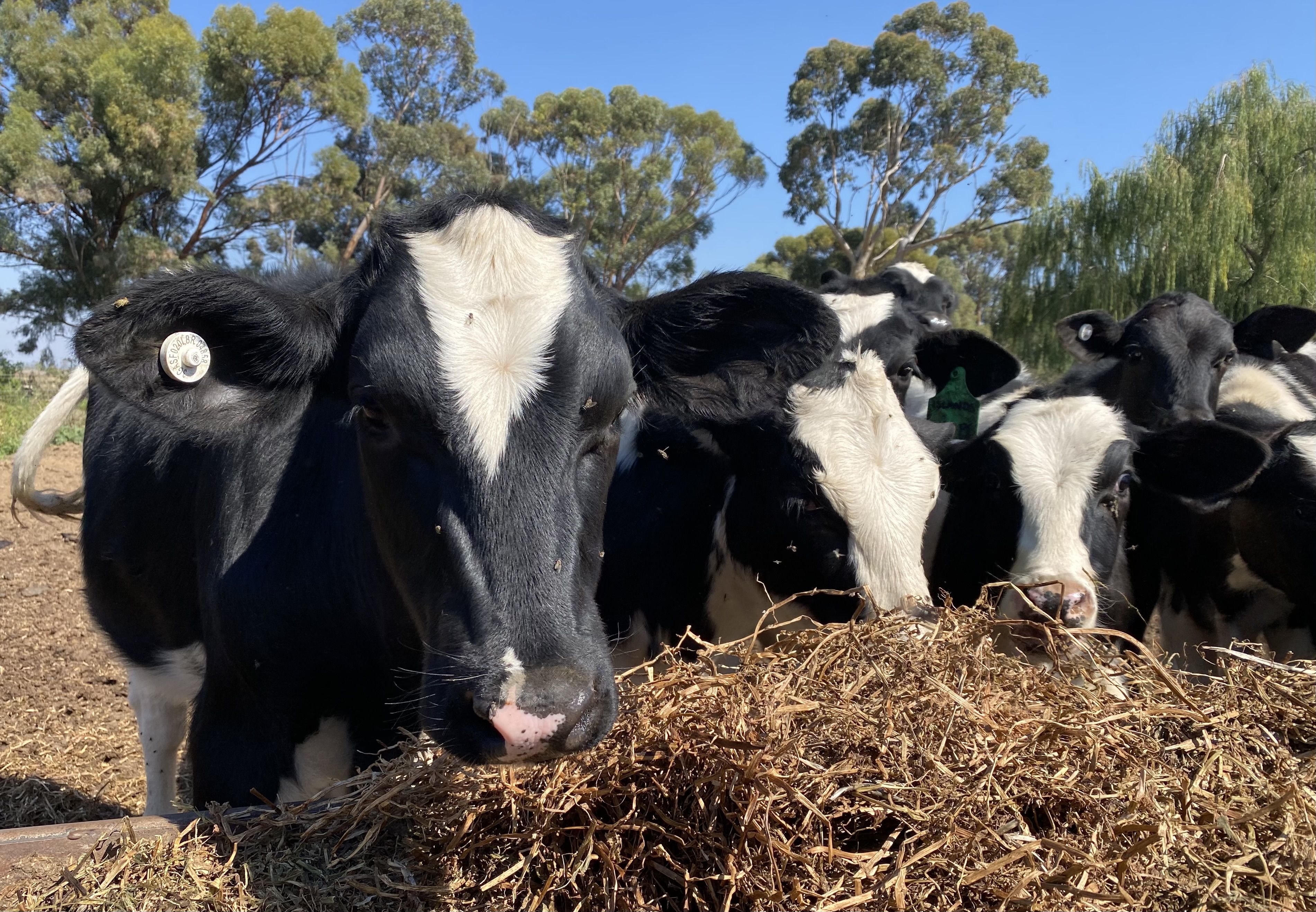A strong domestic market in 2022 saw a 29% increase in sexed semen sales, up from 518,644 to 671,348 doses year-on-year and a 39% rise in beef semen sales, from 429,675 to 595,331 doses, driven primarily by the dairy sector.
In 2022 sexed semen made up over 38% of Australian dairy semen sales compared to 29% in the previous calendar year. Looking at the four-year trend (2018 – 2022) sexed sales have increased nearly four-fold.
Geoff Wood, NHIA director and World Wide Sires Australia General Manager, Geoff Wood, says this trend will continue, with conventional dairy semen sales continuing to decline at the expense of sexed.
“Sexed semen has gone from just 10% of the dairy semen market in 2018 to today’s 38%. Over the last 12 months conventional semen sales have decreased by almost 16%, although they still make up most of this market at 61% of total sales.” says Geoff.
“The main factors driving this are clear, animal welfare issues, primarily the need to reduce the number of bobby calves born, and farmers reducing the cost of doing business.
“Over the last 7 years the reliability of sexed semen has increased markedly to the point where dairy breeders know that introducing it into their business will result in greater value for every pregnancy and calf born on farm.
“Another factor is the continuing strength of the live dairy export market, with many farmers breeding animals to take advantage of what has now been a reliable income stream for additional heifers over the last 4 years,” says Geoff.
Download the NHIA 2022 Semen Market Survey
The driving force behind the 39% rise in domestic beef semen sales was the dairy sector, with imported beef on dairy and sexed semen and domestic beef on dairy increasing by 23% year-on-year in 2022.
“We are also seeing a consistent trend in the beef market, the drivers being economic. While beef prices and demand remain high, there will be a premium paid at market for young dairy beef cross animals.
“Food trends come and go, but there is also growing consumer demand for dairy beef with ex-dairy cows having more intermuscular fat and so more marbling, resulting in a rich depth of flavour.
“For breeders, using sexed semen on the top portion of the herd to increase the proportion of heifers from the best females and beef semen on the bottom portion reduces the overall cost of doing business,” says Geoff.
Beef on beef sales increased 11% year-on-year, from 263,689 to 293,667 doses, making up around 60% of the total beef market.
Total dairy semen sales – imported, domestic and export – declined by just over 5% year-on-year in 2022, with a few factors at play according to NHIA Chair and Genetics Australia CEO, Anthony Shelly.
“Dairy semen sales fell by 109,000 last year, with almost half of this decrease attributable to less units exported.
“However, the dairy semen market performed better than the top-line figure suggests. If you factor in the 31,000 unit increase in beef on dairy sales, the reduction in units sold into dairy in Australia is only 26,000 units, or 1%. Given where the Australian economy is currently I see this as a strong performance.
“Depressed export sales will remain a factor in the years ahead,” says Anthony. “China, historically our biggest market, is still closed off to Australian producers, but the current Australian government is taking steps to improve this relationship. It might be some years off but hopefully trade will resume as a result.
“The industry is taking steps to develop new markets. I’ve recently returned from a ‘team Australia’ trip to Pakistan, globally the fourth largest dairy market, with Holstein Australia and Jersey Australia. We’ve worked hard to develop this market over the last two years and demand for Australian dairy genetics is increasing, but it’s a slow process,” says Anthony.
Genomic semen sales continue the strong growth of recent years, making up over 60% of all dairy semen sales (imported, domestic and export sales). Over the same period sales of daughter proven semen declined by a 26%, making up 29% of the total market.
The headline figure here says Geoff Wood is the rate at which genomic sales are outpacing daughter proven.
“Genomic sales overtook daughter proven for the first time during 2017 / 2018 reporting year and since then the gap between the two has continued to grow. In 2020 genomic sales increased by a factor of 29% year on year in comparison to proven. Over the last 2 years the gap has more than doubled each year.
“While every breeder will have slightly different breeding objectives, the reality is the numbers don’t lie. Many breeders are now choosing genomic over daughter proven as opposed to waiting for the slightly higher daughter proven bulls in 3 years’ time.
An increasing number of farmers now milk genomic daughters, seeing improved health and production traits and increased volumes through the generations. If genetic progress continues to accelerate as predicted, this trend will only continue,” says Geoff.
The National Herd Improvement Association of Australia Semen Survey is conducted annually with data drawn from Australia’s leading genetics companies. Since 2021 the survey has been conducted over a calendar rather than financial year to better reflect the Australian breeding season cycle.
NHIA would like to thank the 2022 Semen Market Survey participants who provided the raw data for this report. The participants were:
Dairy: ABS Australia | Agrigene | Alta Genetics | LIC | Semex | ST Genetics Australia | GAC - TLG | Viking Genetics | World Wide Sires
Beef: ABS Australia | Agrigene | Alta Genetics | LIC | Rocky Repro | Semex | ST Genetics Australia | GAC - TLG | Viking Genetics | World Wide Sires
For further information contact Adam Sawell at [email protected] or 0401 096 507.

